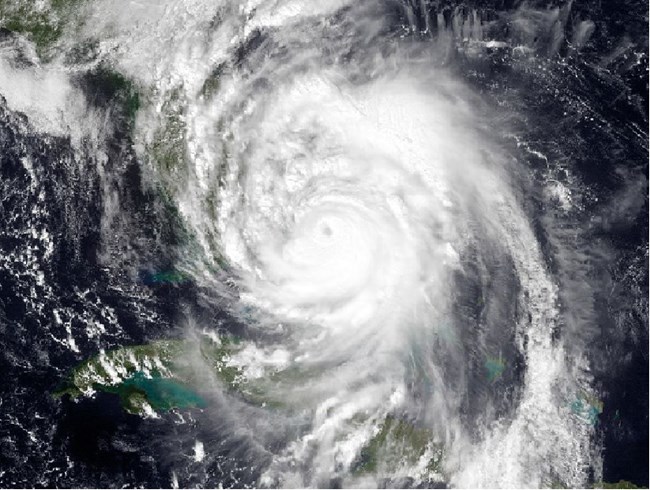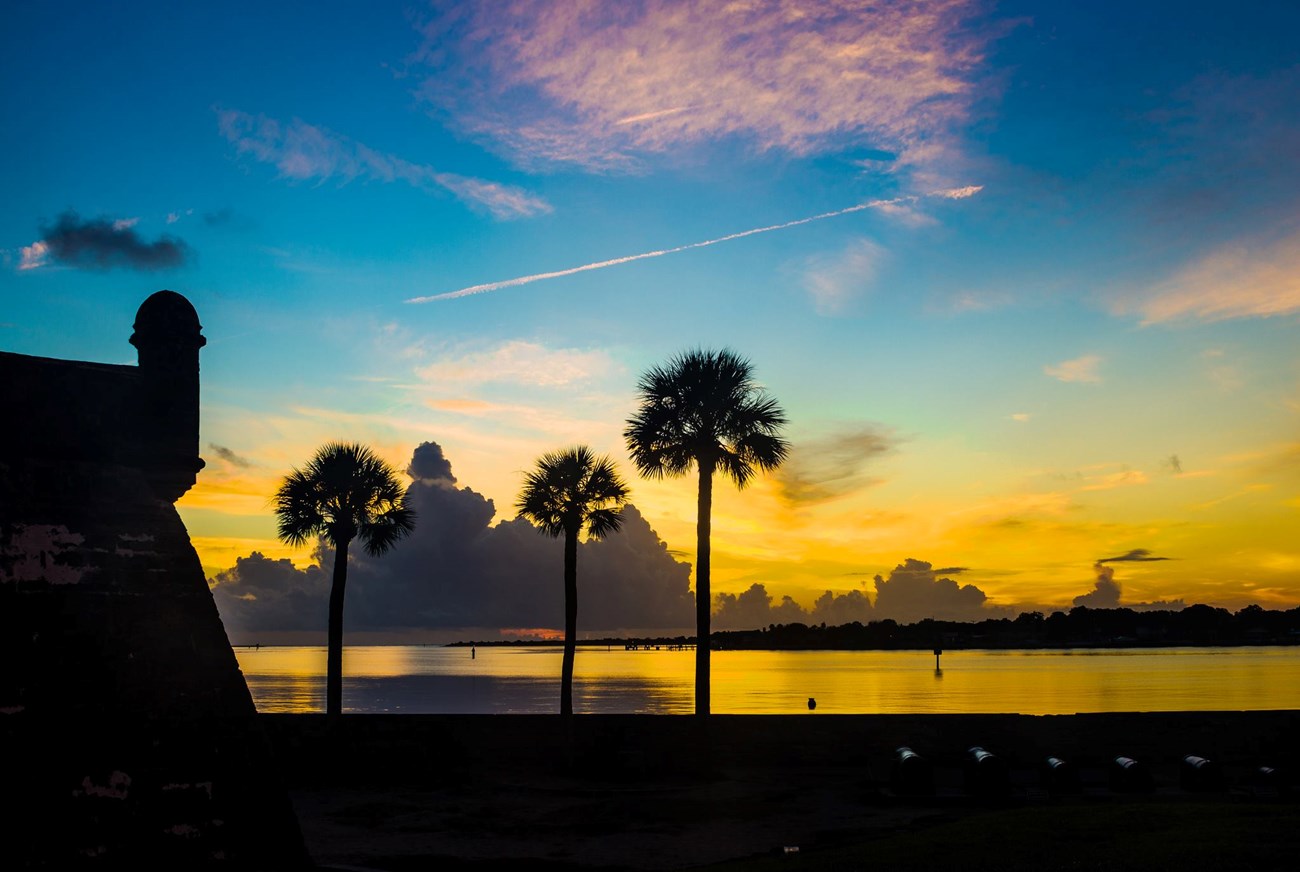Last updated: November 2, 2020
Article
Climate Change
Background
Watch this video to learn more about Castillo de San Marcos National Monument and the power of collective action.- Duration:
- 3 minutes, 50 seconds
Have you ever felt stronger as part of a group? The history of the Castillo de San Marcos shows us that there's strength in numbers -- a lesson to remember as we face the challenge posed by climate change.

Climate Change and its Impacts
Although there is a relationship between weather and climate, they are not the same. Weather is a specific event or condition that happens over a period of hours or days. Climate change describes a pattern of change in the average conditions — such as temperature and rainfall — in a region over many years. NASA scientists have observed Earth’s surface is warming. Explore the science behind climate change. Discover NASA Climate Kids.
Natural forces that contribute to climate change include the Sun's intensity, volcanic eruptions, and changes in naturally occurring greenhouse gas concentrations. Humans also contribute to greenhouse emissions by burning fossil fuels. Fossil fuels are natural fuels, such as coal or gas, formed in the geological past from the remains of living organisms. Burning these contributes to climate change, because the CO-2 they release into the atmosphere causes a "greenhouse effect.” The greenhouse effect is a process that occurs when gases in Earth's atmosphere trap the Sun's heat. This process makes Earth much warmer than it would be without an atmosphere.

U.S. Naval Research Laboratory
Extreme Weather
As the atmosphere warms, rain and snow patterns change, glacier and polar ice caps melt, and sea levels rise. Climate change contributes to extreme weather: tropical storms, heat waves, droughts, wildfire, rain and flooding, increased snow and ice, and more.
Which of these could affect, or has affected, the area that you live in?

Impacts to Human Health
Climate change, together with other natural and human-made health stressors, influences human health in numerous ways. For example, extreme weather, like flooding or hurricanes, can cause injury, premature death, water-borne illnesses, or disrupt food distribution. However, there are steps we can take to protect ourselves. The Centers for Disease Control and Prevention (CDC) has resources to help communities and people prepare for specific health impacts of a changing climate.
Extreme heat is another example of how health can be negatively impacted. The National Park Service has tips to help you stay safe on your park visits. Check out this Summer Safety video.
Taking Action in National Parks
Climate Friendly Parks (CFP) Program
CFP is one of many initiatives supporting the National Park Service Green Parks Plan. The CFP program provides national parks with support to address climate change. The goals of the CFP Program include:
- Measure park-based greenhouse gas (GHG) emissions.
- Educate people about climate change and demonstrate ways individuals and groups can take action to address the issue.
- Develop strategies and specific actions to address sustainability challenges, reduce GHG emissions, and anticipate the impacts of climate change on park resources.

Castillo de San Marcos Seawall Improvement Project
Since Florida is already at sea level, the effects of climate change are intensified. To combat the flooding caused by rising sea level, wind, and high tides, the park is hosting the Seawall Improvement Project. This is a big project that will have many parts and will take several years to complete, but when finished it will protect park resources.
Click here for additional actions that help protect our park resources.

Did you say, "Stay on walkways and keep my hands off the coquina walls?" Great job! By taking this simple action, you can help keep coquina intact and preserve the centuries of history written into the stone.
Over a million people visit Castillo and Fort Matanzas every year. Over time, the pressure from our touch can erode the stone. We want to preserve this treasure for future generations to come and experience the park. Learn more about coquina.
This photograph was taken of an exhibit inside the fort. It went on display in 2012, and it encourages the visitor to touch this sample block, instead of the fort's walls. Over time, the square block is being worn away by visitors touching it. Good thing it's just a sample and not the walls of the Castillo!

Stronger Together
And—because we are much stronger together—there’s much more we can do! So what other actions—taken as a group over time—can help protect the places we love in the face of climate change?
If you choose just one action or develop one new habit, you are taking a positive step toward a more efficient home and a healthier community. Learn more!
